BMW confirm more models are to receive the semi-automatic treatment, so says adventure boss Reiner Fings

Expect more BMWs to be offered with the firm’s new Automated Shift Assistant (ASA) semi-automatic gearbox system. The plan was confirmed to MCN by Reiner Fings, Product Manager for the BMW GS and GS Adventure.
MCN sat down with the adventure bike boss at the July 5 launch of the new flagship R1300GS Adventure, which will start at £18,870 and stretch to £21,300 in TE spec, equipped with ASA.
“We decided of course in the very early stages to have this [system on the R1300GS Adventure]. And you have to develop the whole engine so that it’s prepared for that option,” Fings explained.
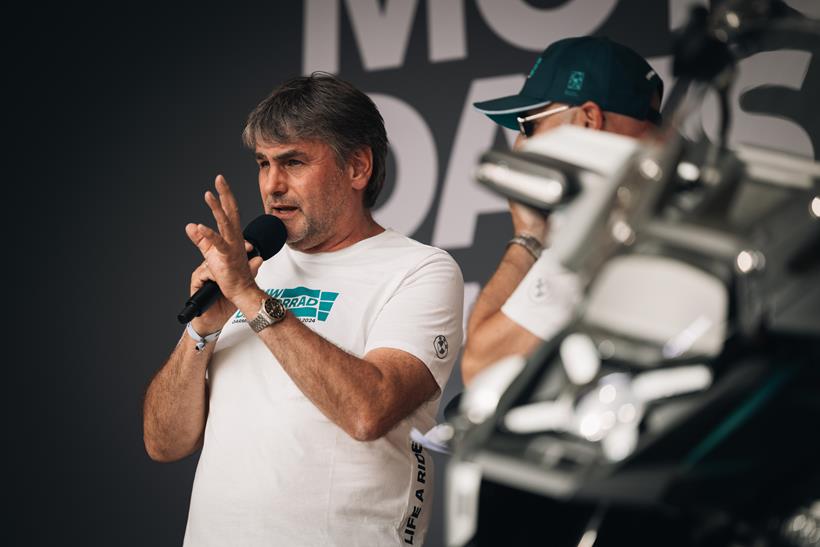
Development on the 1300cc boxer engine began around five years ago and the ASA system allows the rider to make manual gearchanges without having to operate the clutch and also offers a fully automatic mode. There’s no clutch lever but there is still a clutch, operated by electrical actuators when the bike is pulling away and stopping, and when shifting gears.
The conventionally mounted gearshift lever is connected to a small shaft inside the engine with a sensor to detect when the rider moves the lever up or down.
The GSA is the first BMW to get ASA, but it will be compatible with other future 1300s. “R1300GSs are not alone – the sister models will come and you can be sure it will follow,” Fings told us.
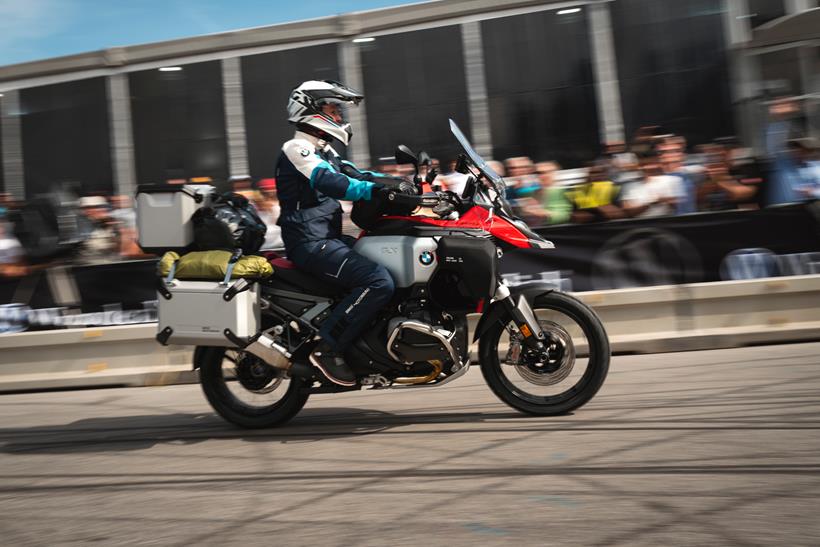
This makes sense when you consider the £13,140 R1250RS, £17,350 R1250RT, and £12,330 R1250R all use a version of BMW’s outgoing 1254cc motor, as seen in the old R1250GS, and are more than likely to adopt the new 1300 unit in due course.
Further to this, BMW have also teased a larger two-litre boxer twin naked concept this year, called the R20, which may well also have the technology factored into its development.
It’s not all about large capacity twins, though, with Fings also suggesting we could see ASA used in further applications. He continued: “For example, when you go on a racetrack or something like this, shifting gears in a very short way… it’s really interesting.”
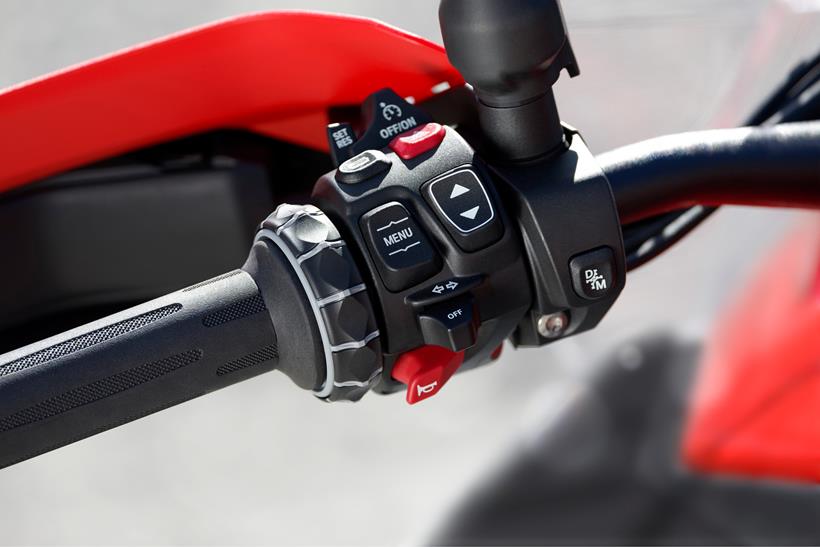
Back in April BMW were rumoured to be targeting a move to the MotoGP world championship in 2027, at the same time as the arrival of new technical regulations that will bring capacity down from 1000cc to 850cc.
Faster gear changes have been integral to Grand Prix racing for decades – with Honda introducing the first Formula One-inspired seamless gearbox back in 2011 – so BMW will be keen to exploit any possible technological advantage over other manufacturers.
Although Fings and his team are enthusiastic about the technology and its potential to be spread to other models, he’s acutely aware that many motorcyclists will need convincing of the need for the system on future models.
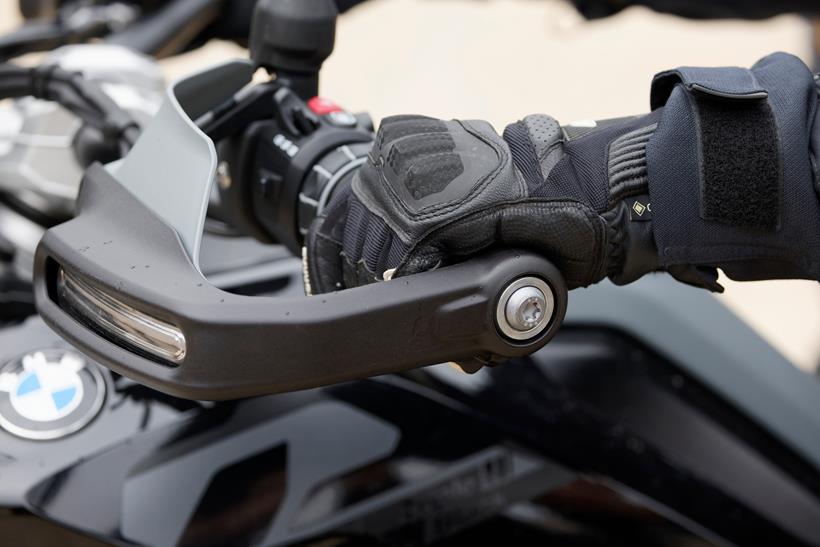
“A motorcycle rider is very conservative,” he added. “It is something of a 50/50 – it divides the crowd of motorcycle riders into one saying ‘this might be the future’ and the other saying ‘I’m able to shift gears, I don’t need any kind of automatisation’.
“Because it can shift manually, or you can switch to auto mode and then the shifting will be done by the engine [and] the electrics inside of that, and there’s something that gives you space to enjoy motorcycle riding in a different way,” the BMW man continued.
“There is no lever. Just put the bike in gear, accelerate and the magic will start.
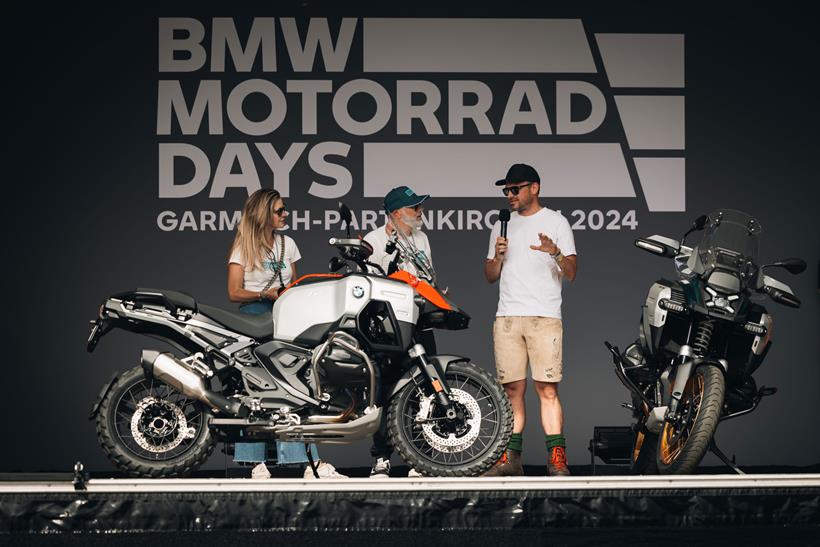
“This is something, it will change. I’m sure this is the future.”






